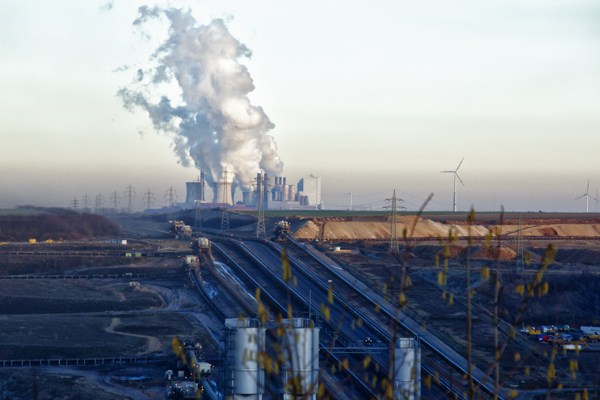With the next stage of the United Nations Framework Convention on Climate Change (UNFCCC) process set for November and December of this year in Paris, there has been a recent flurry of political and diplomatic activity from the European Union and its 28 member-states regarding their plans for reducing greenhouse gas emissions. Their pledges have come alongside ambitious designs for future joint electricity generation continent-wide, given geopolitical tensions with Russia, which remains “Europe’s largest single foreign supplier of not only gas, but also oil, coal and nuclear fuel.” While there are still critical challenges to realizing the milestones set down so far, much progress has already been made, and the EU’s aspirations, writ large, put it in pole position for greener energy among the international community.
The centerpiece of the next international climate change agreement will be the so-called Intended Nationally Determined Contributions (INDCs)—the plans that each country will submit to the UNFCCC outlining how it intends to reduce emissions. The EU’s INDC commits its members to a 40 percent reduction in greenhouse gas emissions by 2030 from a 1990 baseline. The EU is noteworthy for using a much more stringent 1990 emissions baseline, whereas the United States’ Clean Power Plan uses a more modest 2005 one. Much of the legal framework for these goals is already in place, building on progress that has already been made. Europe, as a whole, is well on its way to meeting its 2020 emissions goals, meaning that hitting the 2030 deadline, all other things being equal, should be easier.
Europe’s actions on emissions will be buttressed significantly by promised member-state contributions to the UNFCCC’s Green Climate Fund (GCF). As of this month, the EU made up a significant proportion of the $10.5 billion pledged so far, with the “big three” of the United Kingdom, Germany and France all having pledged around $1 billion over different periods of time. The fund is designed to facilitate transferring money to the developing world for climate change projects; the developing world has longed asked for financial assistance to assist in meeting both economic growth and carbon mitigation targets. Aside from the ultimate on-the-ground benefits of those future projects, including funding initiatives to increase water and food security and investments in climate-resilient infrastructure, such commitments also provide diplomatic momentum for the Paris conference, demonstrating the willingness of developed nations to engage with the climate concerns of the developing world.

